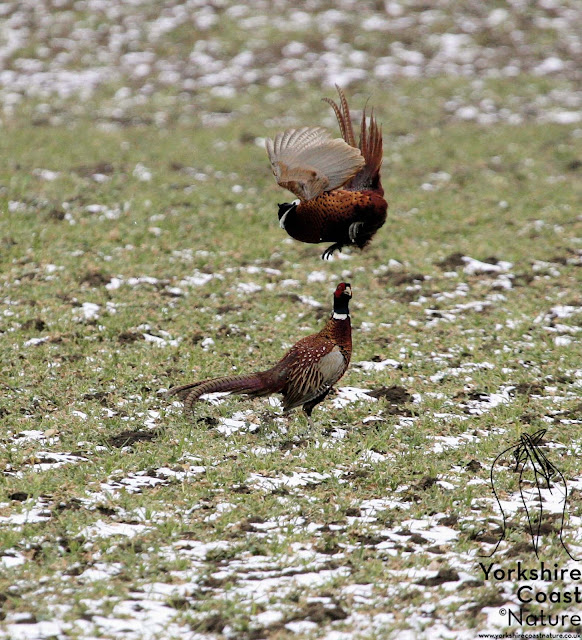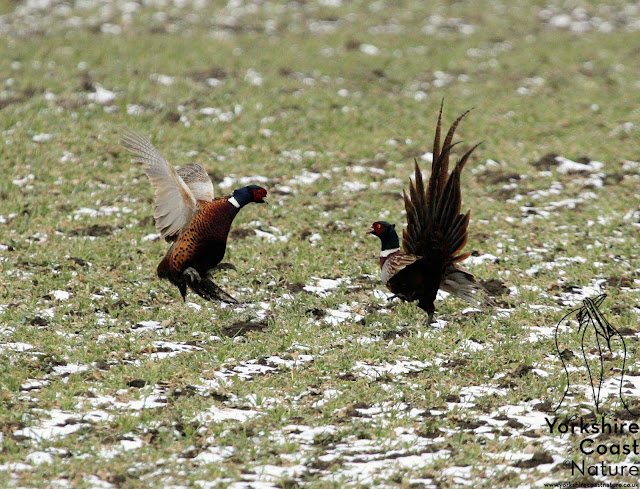A closer than normal view of a woodlouse's face, showing the simple clustered eyes.
Beyond the busy and considerably important boundaries of the
human world, there exists a hidden army. An army which is largely so
insignificant and neglected that it is often only noticed when one of its ranks
breaks and runs across the lounge carpet. This group of organisms is pivotal to
the natural world in which we all enjoy and is as essential to the noctule bat
roosting in the veteran oak as it is to the bumblebee pollinating the foxglove,
growing at the trees base. Decomposition is natures answer to putting your
glass bottles, empty cans and cardboard boxes in a blue bin and waving goodbye
(not literally I hope). The list of organisms which help in decomposition is
impressive and ranges from fungi to fruit flies. They are so important to
ecosystems that earth would probably not contain life without them. Essentially
they recycle dead matter and turn it into nutrients which support the food webs
we are more familiar with.
Slugs perform an important role within ecosystems and are not just an unwanted garden pest.
Two groups of decomposers can be quite easily found in and
around the house (well maybe not one of them unless you have a very damp house),
these are the woodlouse and the slug, yes slug, they don't just eat all of your
favourite garden plants.
Woodlice are perfectly adapted to living in tight gaps and a life feeding on decaying organic matter.
Take the woodlouse as an example, evolutionary perfection or
a common creature of insignificance? Woodlice live under bark, logs, stones and
rocks and typically feed on decaying leaves, bark, fruit and similar herbivorous
matter. They clean up decay and reprocess it through their droppings into
nutrients in the carbon dioxide cycle. Their droppings also contain fungal
spores which are incredibly important to the continual breakdown of leaf litter
and health of the forest. This speeds up the entire decomposition process,
important for vegetation. They are exceptionally flat which allows them to live
in small cracks, gaps and crevices where they can shelter and feed, away from
predators. This has resulted in the evolution of a small, relatively hard,
armour plated, flat crustacean which has evolved to do what it does to
perfection.
A miniature tank.
The flat profile, woodlice have 10 legs and are crustaceans not insects.
Woodlice live for about 2 years but have been recorded
living up to 4 years which is quite cool considering they are only about 1cm in
length. Mating often occurs at night, when the male will climb on the females
back, drum her with his forelimbs and lick her head (and who said romance was
dead). The females lay about 25 eggs (species dependent) and broods the young
in a pouch on its underside (no quite like a kangaroo but similar). She will then
look after them until they are small adults ready to continue the everlasting
job of decomposition. The species in the photographs Oniscus asellus can frequently be found in moist leaf litter, in
gardens and around houses. It is one of Britain's most common species (of which
we have approximately 45 species in the UK and over 3,000 in the world).
I dint realise photographing slugs would be so difficult, the eyes are difficult to get in focus with the head, and the body has no real form.
The second creature is the slug (for the record I am not a
slug fanatic they just seem to get a lot of bad press so YETI is going to
change that). Slugs are usually regarded as a garden pest or a none descript
blob, but slugs need love too. Slugs are important components within ecosystems
and provide food for a large number of species including hedgehogs, frogs,
toads and slow worms. They are also very important decomposers, something not
that widely known. They don't just feed on living plant matter but on a whole
diversity of things (see Snail's Pace post) from fruit, wood, fungi, algae and even
other slugs and carrion.
Limacus flavus an occasional species or just an under recorded species?
This species is somewhere around number 600 for the YETI
2013 challenge and is appropriately known as the "Yellow Slug" (Limacus
flavus) and is quite a looker as slugs go. It is described as occasional rather
than common and another interesting record for the year. I would honestly have
never even considered looking at slugs if it wasn't for the YETI challenge (this
an intense but enjoyably serious learning curve). So although not quite a
breeding record for a declining farmland bird, all of our records great and
small will hopefully help build an important picture of our local wildlife,
especially concerning overlooked species. Back to the slug, this species is a
ravenous feeder of fungi, decaying organic matter, namely dead plant material
and sorry folks vegetables. So it contributes to the overall decomposition,
returning nutrients to the soil. It also breaks things up into smaller bits for
the woodlouse, which also feed on its droppings, sweet. So next time you see a
woodlouse or a slug just think, this guy is actually doing me a favour and give
it a break.
A slugs eye view, slugs have such amazing eyes, which can be retracted back into their heads. This one is just opening.


















































